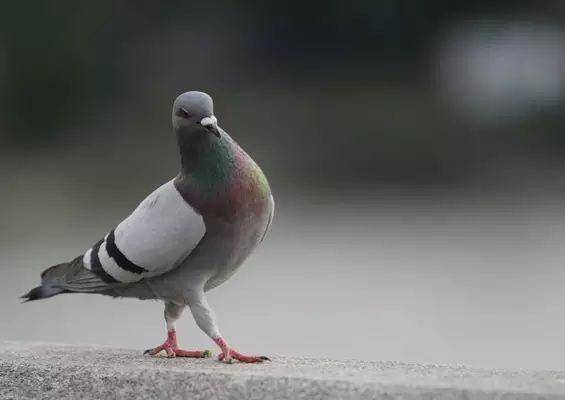Now there are many phenomena of enjoying pigeons and raising edible pigeons, but many of them are not very clear about what kind of breeding pigeons are. Here are some information about pigeon breeding.

1. The staple food of pigeons
Pigeons feed mostly on coarse grains. Now commonly used are some corn, buckwheat, wheat, mung beans, sorghum, peas, pockmarks and so on. Generally, at least two are selected for mixed feeding. For example, the usual mix is three portions of wheat, sorghum and corn, and then one portion of peas. When necessary, add a mixture of hemp seeds.
2. Complementary food for pigeons
In addition to the supply of miscellaneous grains, we can also provide some vegetables (cabbage, green vegetables, wheat seedlings) with cyan and mineral feed. The proportion of mineral feed is: three parts of yellow sand and three parts of yellow mud; Hydrated lime is two parts; One portion of salt; Crushed charcoal 0.5 parts; 0.5 parts of eggshell or shell powder shall be mixed and crushed, then stirred with an appropriate amount of water, then rubbed into a ball shape and dried in the sun. When feeding, the ball shall be crushed and placed in the pigeon house.

3. Feeding time
Pigeons eat twice a day, once around 7 a.m. and once around 4 p.m. The amount of feed in the morning should be less, accounting for only one-third of the feed of the day, and the amount of feed in the afternoon accounts for two-thirds of the feed of the day. The amount of feed needed by an adult pigeon a day is about 50g. If there is training, you can increase the amount of feed appropriately according to the situation. Here is a point of attention. The feed should be given after the pigeon returns to the loft, so that it can form a reflection of returning to the loft to eat, which is conducive to the homing of the pigeon.

4. Feed preparation
If the pigeons are training to soar, during this period, the owner should feed more high protein, such as corn, peas and so on. And feed water first, then feed feed. Water can be prepared to feed some glucose water first, and then some light saline to promote absorption. In summer and during the hatching of young pigeons, an appropriate amount of edible salt can be added to the drinking water prepared for pigeons.

